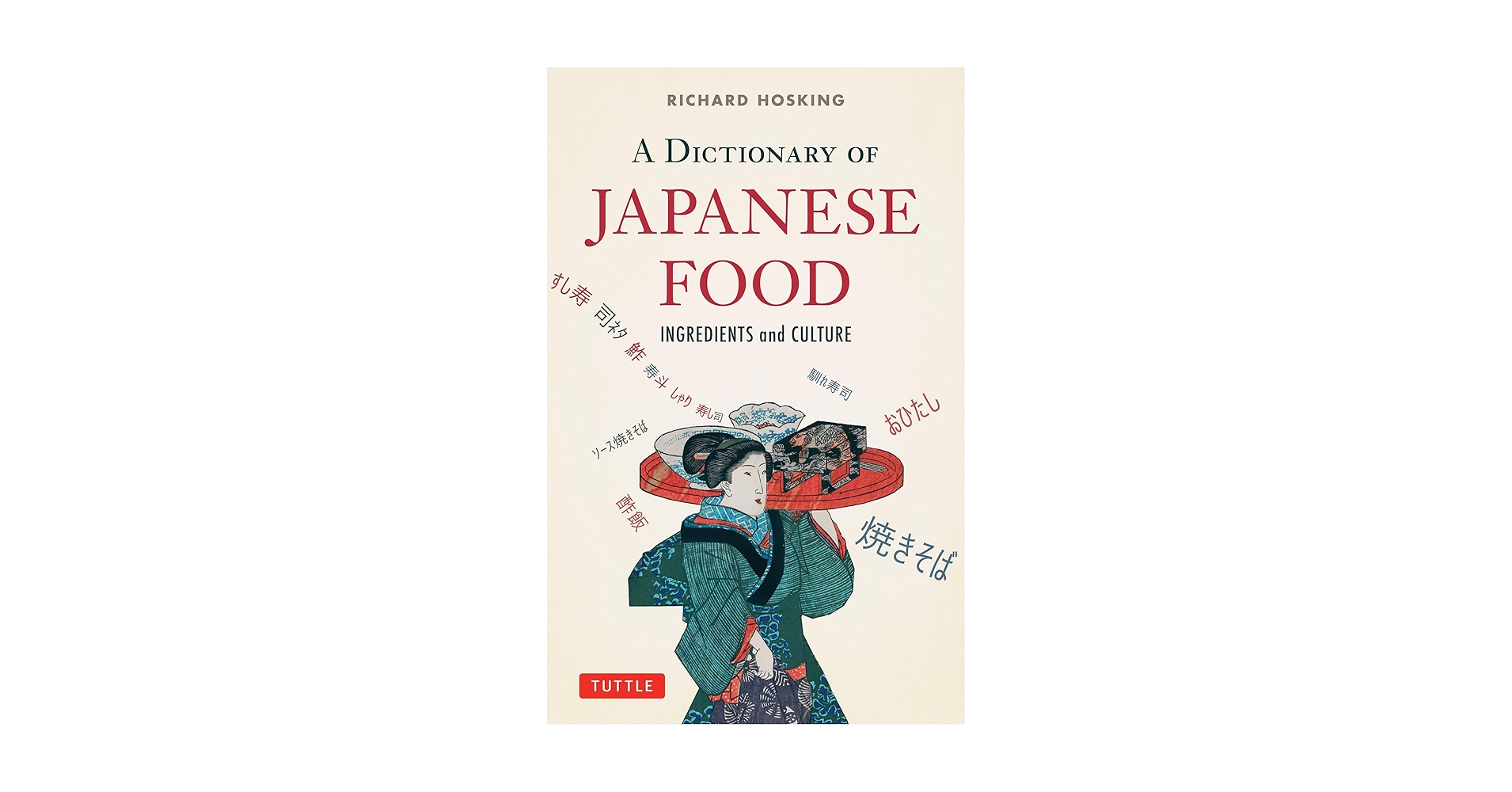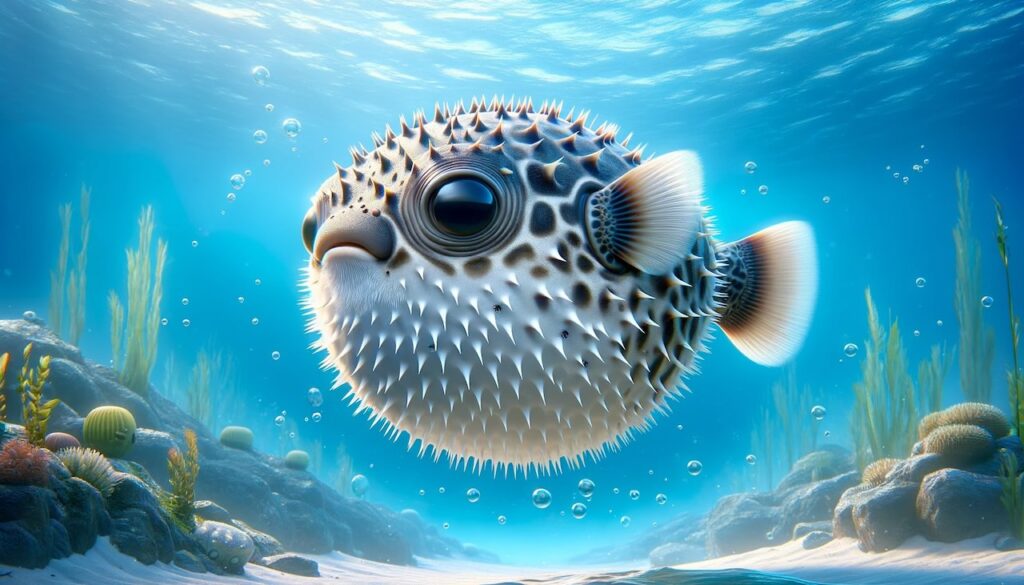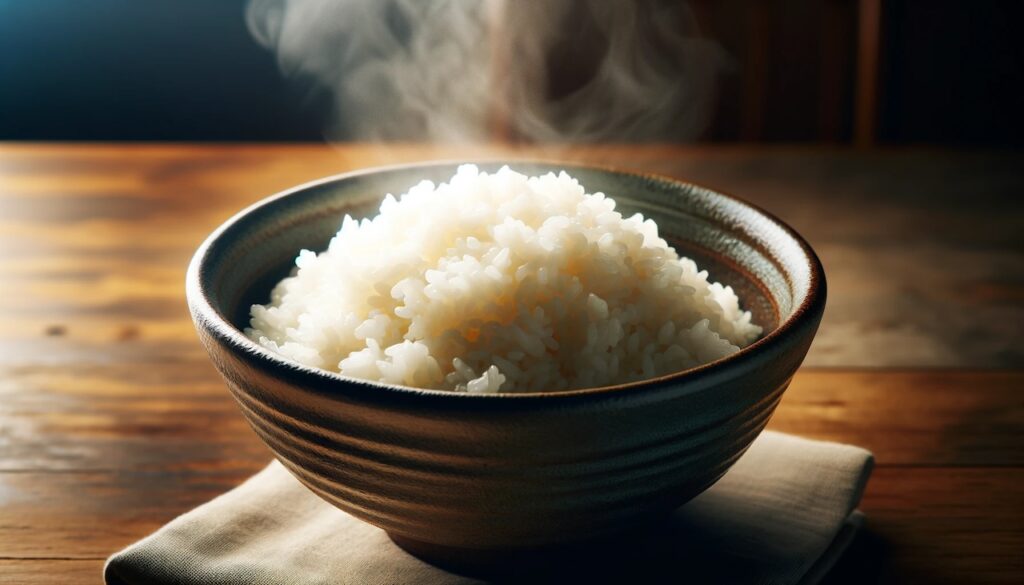Pufferfish, known for their delicate flavor and culinary prestige, sometimes appear in supermarket seafood sections, tempting adventurous eaters.
Yet many hesitate, recalling the well-known danger: pufferfish toxins.
So, is the pufferfish you see in supermarkets actually safe to eat? Let’s dive into the facts behind pufferfish safety and regulations.
What Makes Pufferfish Dangerous?
Pufferfish belong to the Tetraodontidae family, with around 120 species worldwide.
Their risk lies in a powerful neurotoxin called tetrodotoxin, which accumulates as the fish consume toxin-producing bacteria.
The most toxic parts include:
- Liver
- Ovaries
- Skin
- Certain internal organs
Tetrodotoxin is deadly even in small amounts, making proper handling absolutely critical.
How Pufferfish Are Regulated and Prepared Safely
In Japan, and increasingly around the world, strict regulations ensure that only properly prepared pufferfish reach consumers:
- Fugu Chef Certification:
Only licensed chefs, who undergo rigorous training and testing, are permitted to process and serve pufferfish. - Detailed Laws:
Regulations control every step—from capture or farming to processing and distribution—to minimize risks.
These measures make commercially prepared pufferfish far safer than the fearsome reputation suggests.
Are Supermarket Pufferfish Safe?
Yes—when handled correctly, pufferfish sold in supermarkets is generally very safe.
Here’s why:
- Rigorous Inspections:
Multiple quality checks are performed during capture, farming, processing, and distribution. - Certified Processing:
Only trained professionals prepare the fish, ensuring toxic parts are properly removed. - Strict Standards:
Regulatory bodies oversee the entire supply chain to maintain high safety levels.
Additionally, some pufferfish available today come from controlled environments that prevent exposure to toxin-producing bacteria, producing non-toxic varieties.
Tips for Enjoying Pufferfish Safely at Home
If you’re planning to enjoy supermarket pufferfish at home:
- Buy from reputable sellers you trust.
- Check labels carefully for certification and preparation details.
- Follow cooking instructions precisely to ensure safe consumption.
- Practice good hygiene during handling and cooking, just as you would with any raw seafood.
By being attentive, you can savor this delicacy with peace of mind.
Conclusion: Confidence in Every Bite
When sourced, processed, and handled under strict regulations, pufferfish sold in supermarkets is safe to eat.
Understanding how the industry ensures safety—and being a smart consumer—allows you to enjoy the unique, luxurious taste of pufferfish without worry.
Whether you’re trying fugu sashimi at a high-end restaurant or picking up a pack at the supermarket, knowledge is your best ally in turning this legendary fish into a memorable, safe dining experience.



